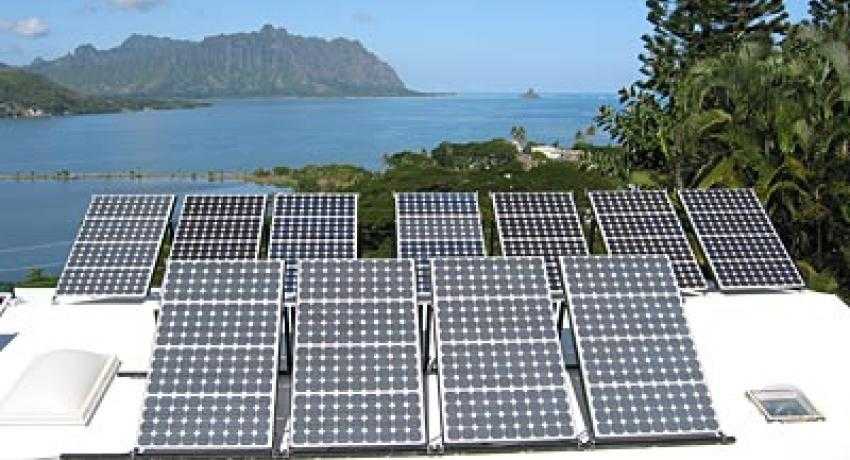HECO plan triples solar, but will it stop grid defection?
Hawaii Electric Companies proposed a plan this week to triple rooftop solar on the islands it serves by 2030 and reduce utility bills by 20 percent. But the solar industry isn’t applauding the effort yet.
While Hawaii would get more than 65 percent of its power from renewable sources by 2030, the plan calls for measures that could increase costs for home and business owners who install solar, offsetting the benefits.
Solar advocates and some community leaders are skeptical the plan is a good one.
The Hawaii Public Utilities Commission required HECO, the publicly-traded utility that provides power to most of the island state, to develop a plan that would stabilize the grid in the face of increasing demand for distributed solar generation.
The utility had capped the amount of solar it would connect to the grid and many of the islands it served were hitting that cap at the end of 2013.
The PUC denied HECO’s integrated resource plan in the spring and gave it 120 days to formulate a plan that would allow for greater integration of renewables and more rooftop solar while stabilizing the grid.
“That’s the first time I’ve ever heard of a PUC rejecting a utility’s integrated resource plan,” said Bryan Miller, vice president of Sunrun and president of The Alliance for Solar Choice.
The 120-day deadline was up Tuesday – the same day HECO presented its new plan, which calls for an increase in minimum connection charge from $16 per month to $55 per month and a reduction of the net metering payment from the retail rate to near the wholesale rate.
One HECO solar customer told the Pacific Business News that the increase in the connection fee would offset any benefit he receives from his solar panels, never mind the proposed change in net metering policy.
“This represents over a 220 percent increase in my bill,” the customer told the paper.
Several Hawaii news outlets reported concerns that the proposed plan would not stop grid defection, and would not stabilize the grid.
In Hawaii, where the average electric rate is more than 30 cents per kilowatt hour, battery storage paired with solar panels is already economically advantageous to buying utility power for many, according to a Rocky Mountain Institute report issued earlier this year.
“Once economics is no longer a factor, that’s a utility death spiral,” said Jamie Mandel, an RMI senior consultant on disruptive technologies.
Grid defection and its increasing appeal was, in large part, behind the PUC’s decision to force the utility to come up with a plan that allowed for more rooftop solar integration.
While HECO’s plan opens the gates for more home and business owners to connect to the grid and offset costs with rooftop solar panels, the cost benefits might not match up to the cost benefits of defecting from the grid altogether.
Hawaiians are more aware of solar and more likely to invest in it than people in any other state. More than 10 percent of HECO customers were on net metering programs at the beginning of 2014, according to the RMI study.
“That is really a postcard from the future,” Creyts said. “We have a lot to learn from Hawaii.”
Solar advocates and the energy industry in general have been waiting to see what HECO would propose.
The plan could gain some traction because it does allow for a massive expansion of the state’s renewable energy portfolio and grid updates that make interconnection more feasible.
However, the PUC might share in the critics’ skepticism that the HECO plan will halt grid defection and stabilize the state’s grid.




